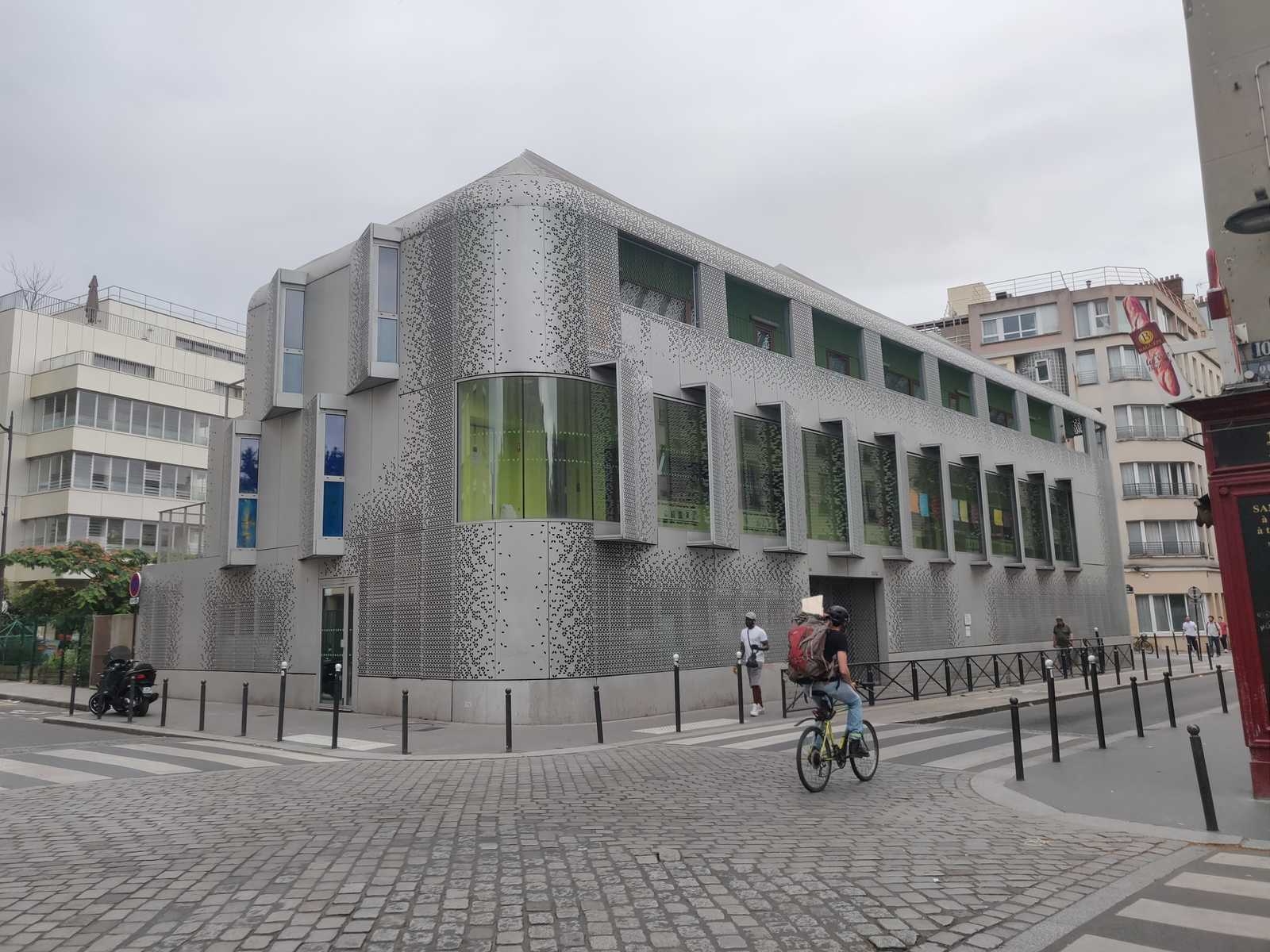Big, bigger, biggest? Modern urban planning is enjoying a renaissance around the world. Apart from the gigantic infrastructure projects, new, utopian cities are being built everywhere these days. At the same time, existing cities are being expanded through far-reaching spatial interventions in their appearance and infrastructure.
In the Middle East, new metropolises are being built where before there was only desert. In a sad countermove, Indonesia is forced to relocate its capital, Jakarta, because of rising sea levels. From Saudi Arabia, Egypt and Nigeria to Indonesia and Japan, different players are pursuing their own urban utopias. Discover five utopian cities in the making – but beware, not all are doomed to success!

Urban development: 5 utopian cities of the future
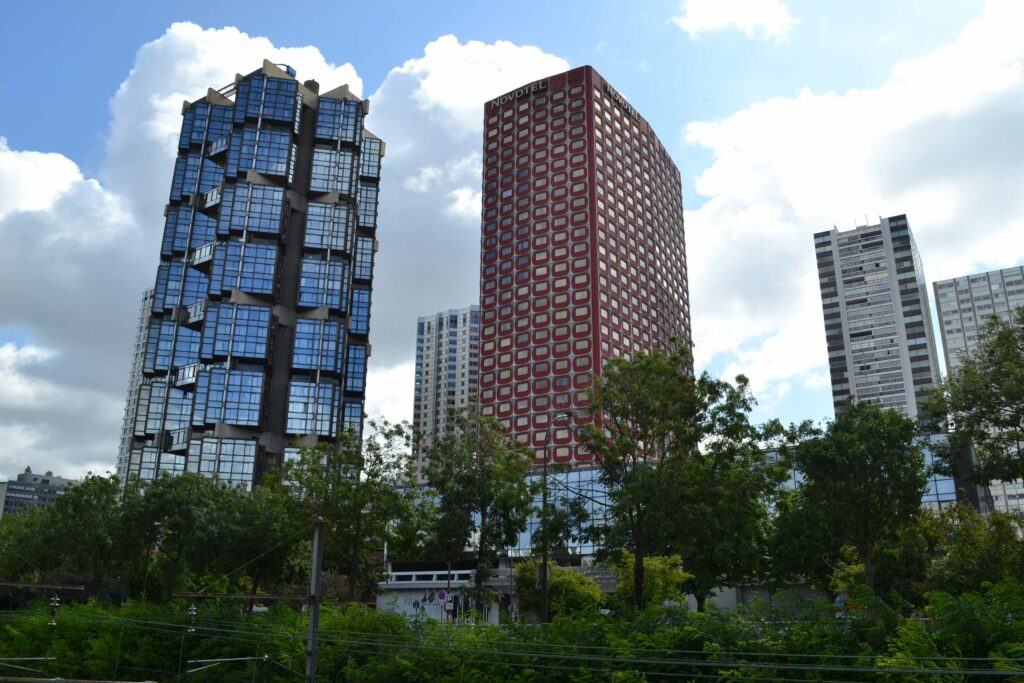
Utopian cities: the linear desert city of Neom “The Line” in Saudi Arabia
A way of modern urban planning in the Middle East! The futuristic project around the linear desert city of Neom, also known as “The Line” is setting new standards. Under the initiative of Crown Prince Mohammed bin Salman and in cooperation with Jordan, this utopian city is to be built in the northwest of Saudi Arabia in Tabuk Province. In addition to the planned linear structure and a remarkable 170 kilometers in length, other innovations and ideas are making the future a reality.
One focus is on “walkability“. All important facilities, such as schools, clinics and green spaces, are to be reached on foot within five minutes. Thanks to new mobility, commute times are also to be reduced: With an automated high-speed transit system based on state-of-the-art technologies, no trip should take longer than 20 minutes. A densely populated zone will be created through the linear construction of high-rise buildings, which should reduce the impact of humans on the environment. Renewable energy sources will be incorporated into the project planning, as will technological advances related to smart cities and artificial intelligence.
It is one of the most ambitious urban development projects and also one of the most expensive. The planned costs are already in excess of $500 billion – with a possible upward trend. But thanks to the support of Saudi Arabia, there is no shortage of financial resources. The Middle Eastern country is well aware of the transience of its mineral wealth. Neom is intended to provide new impetus and enable a future away from the oil market. The project, which was unveiled in 2017 and whose first phase of construction began in 2019, has suffered its first schedule delays due to the Corona pandemic.
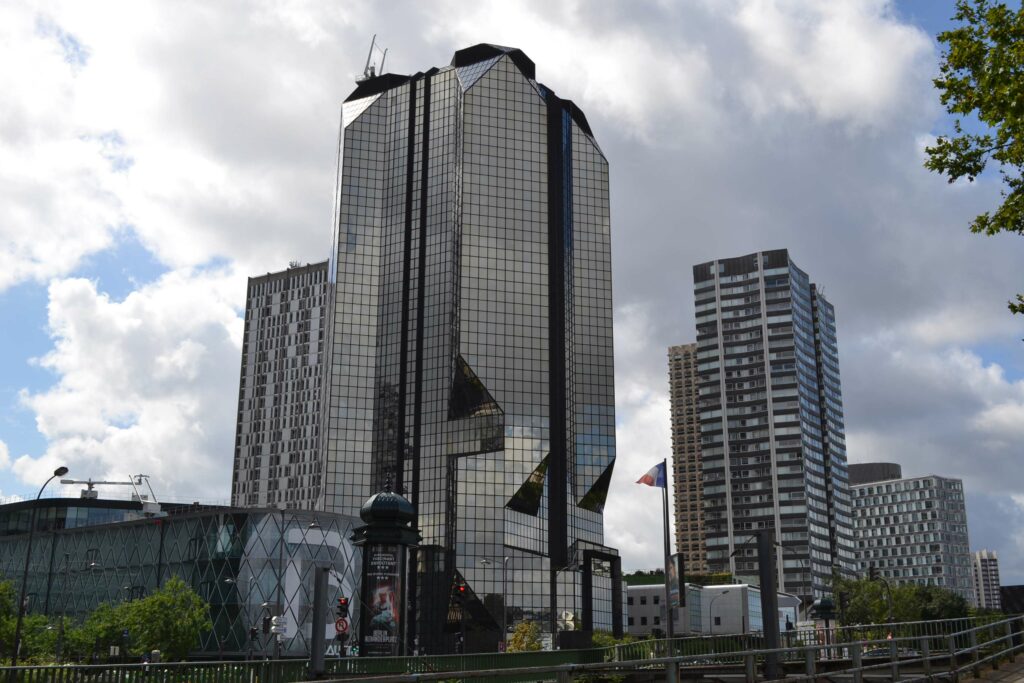
Meanwhile, the imagination and creativity of architects and developers knows few bounds. In the spirit of the Dubai skyline, Neom is also building tall. Proposals such as the futuristic Downtown Circle, a gigantic doughnut-shaped building in the center of the city, and the proposal of a mile-long line of buildings are creating imaginative dreams of the future with elaborate and somewhat misguiding renderings. Not to mention other utopian ideas and outliers! A Jurassic Park with robot dinosaurs, as well as an artificial moon and glowing sand, lined up among “out of the box” building designs… the architects and planning offices have no shortage of flashy ideas. But which of the promising proposals and utopias will effectively see the realm of reality, only the future will show!
From afar, it can only be assumed that not everything is going according to the rules. The British newspaper The Guardian recently reported on three members of the Huawaitat tribe who were sentenced to death. The suspicion that this was in relation to their resistance to Neom and the expulsion from their lands. But other members of the tribe also face long prison sentences. The UN Human Rights Council, among others, criticized the sentences on the basis of vague accusations of terrorism.
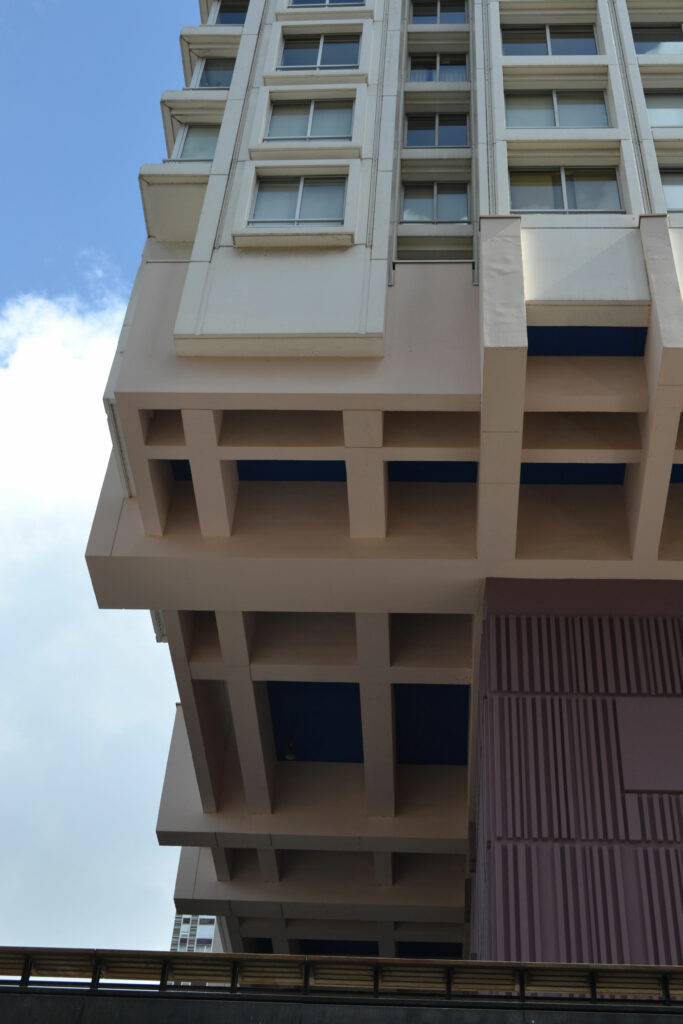
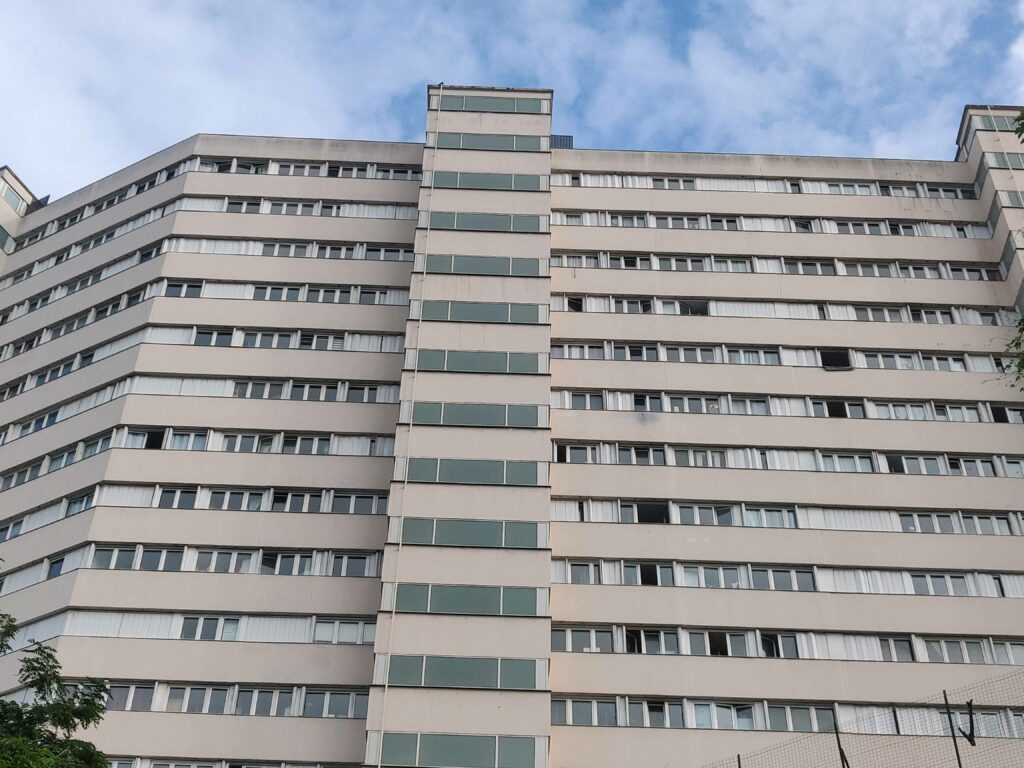
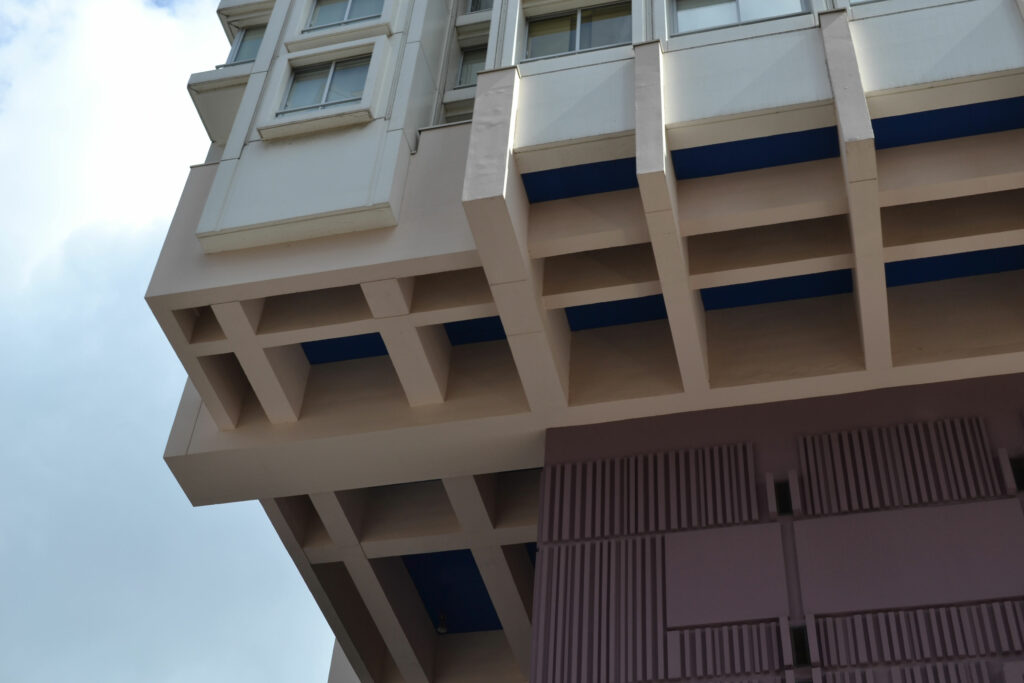
Egypt’s new government city – the “New Administrative Capital” will replace Cairo
Semi-modern urban development with outdated concepts or the wrong role models after all? In Egypt, too, construction is underway on gigantic urbanization and infrastructure projects. As part of the “Vision Egypt 2030” agenda, the construction of a new administrative capital is now being driven forward. The country with its Suez Canal is of strategic importance for global shipping and freight traffic. As part of China’s infrastructure program, the One Belt initiative and China’s new Silk Road, Egypt receives massive investment.
The metropolitan region of Cairo, with its millions of inhabitants, is struggling with the problems of its past chaotic urban development. This may now be remedied with the “New Administrative Capital“. The new government city not far from Cairo will cost an estimated 60 billion euros. In his article for RND, journalist Patrick Hoffmann reports in detail on the project and the current implementation of the government district.
Even if the exact name is still missing, a gigantic construction site already exists 50 kilometers to the east of Cairo. In terms of modern urban development, the classic large-scale projects are being advertised. In addition to a huge international airport, commercial areas, recreational parks and facilities, hospitals, schools, mosques and housing for several million people are also being built. The new administrative capital is to become the new heart and economic engine of the country. But how modern Egypt’s urban development project really is remains an open question.

In terms of mobility, 2000 kilometers of track are to be laid and 60 stations built. From Abu Simbel to Luxor, to Alexandria via Cairo and the new capital, the rail network will be expanded. The German company Siemens has signed the historic contract in 2022 and will be responsible for the construction of the transport network.
However, there is resistance to the construction of the new administrative capital – both the planning and the purpose are under criticism. For instance, the indebted country is already unable to cover its costs without outside investment. At the same time, the construction of such a gigantic project devours an incalculable amount of resources and risks having long-term effects on the economy and the environment.
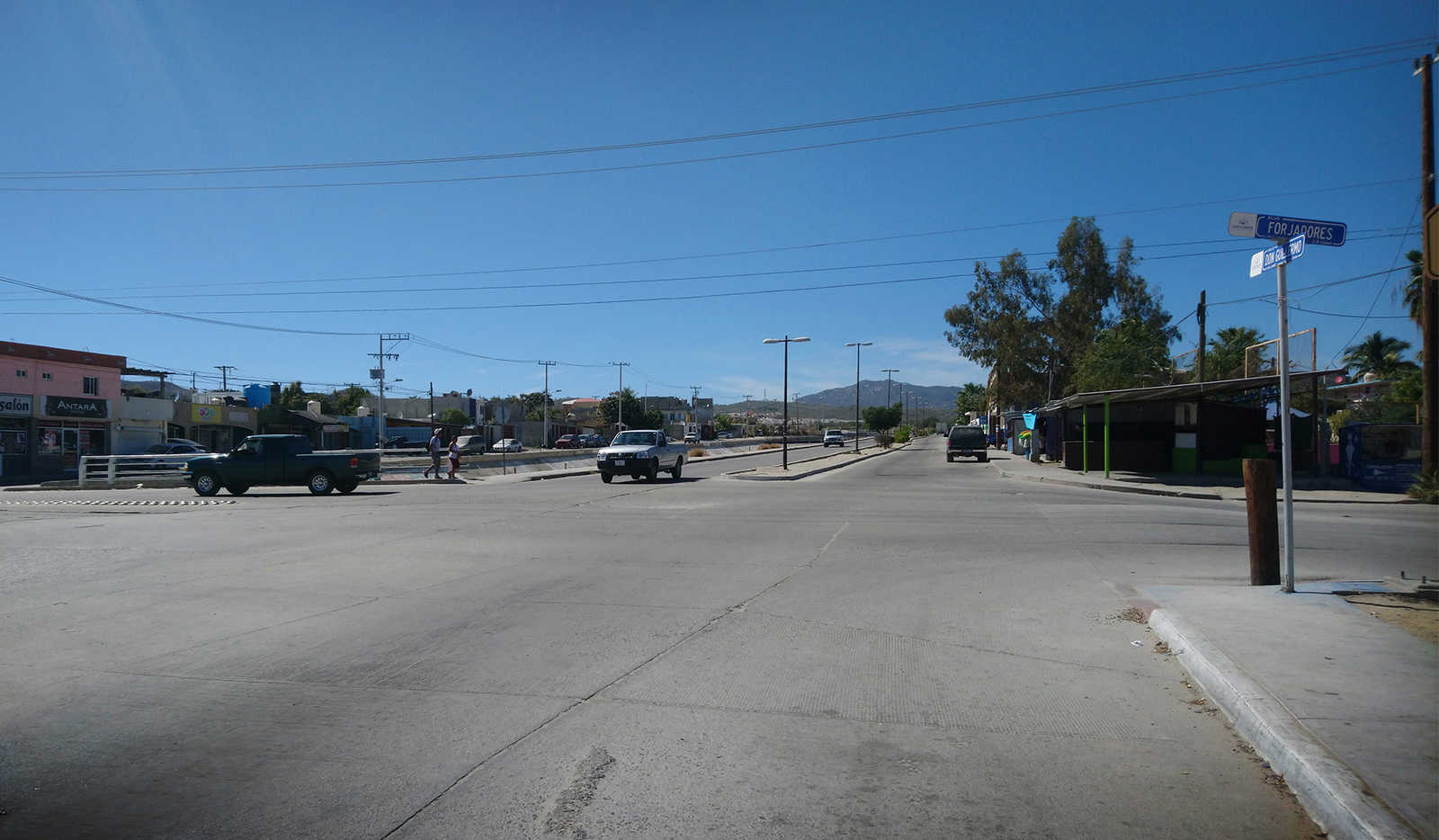
At the center of criticism: outmoded, urban planning concepts from the 1970s, as well as a discriminatory, territorial approach with an unevenly developed mobility network, and questionable use of water resources. But above all, the outdated, urban planning approaches with their large boulevards and expressways, as well as the spatial separation of housing, work, consumption and leisure in different neighborhoods, stands in contrast to the contemporary, urbanist approaches of a productive city, which is easily walkable. So far, little is known about the progress of the new administrative capital, and it remains to be seen whether the construction project will succeed…
Uncertain realization: The Eko Atlantic City near Lagos
Little noticed by the media, and currently at a standstill, and also an example of modern urban development on the African continent: Eko Atlantic City as an extension of Lagos. New living space was to be developed on an area of about 25 square kilometers, and up to 15 square kilometers were to be built into the sea. “Eko” does not stand for ecology, as an Anglophone reader might think, but probably for the Yoruba pedant of Lagos.
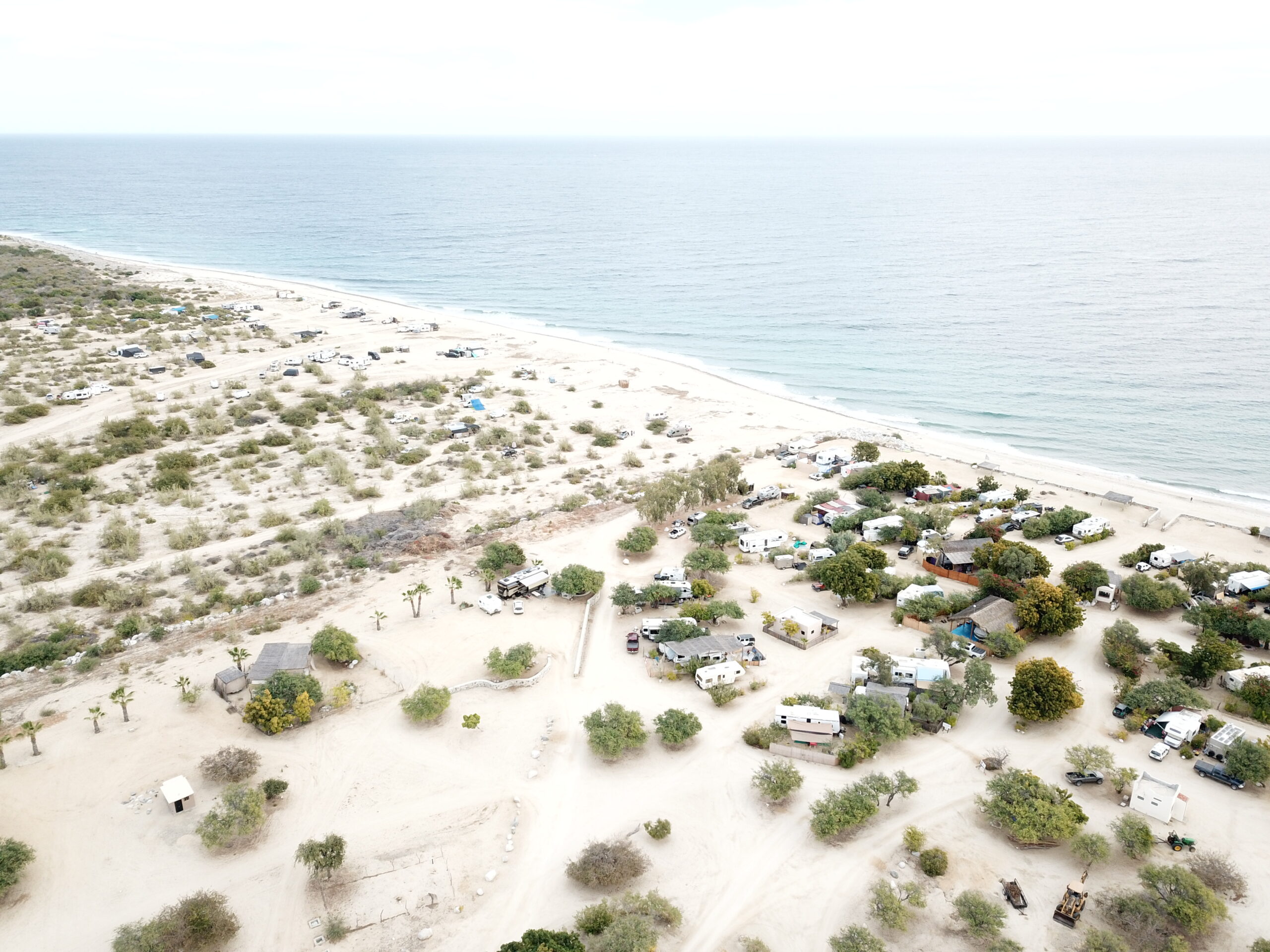
The construction project, which was to be implemented with Chinese financial support and know-how, is at a standstill at the present time. Apart from vast amounts of piled-up sand and a few, relatively few buildings are existing. The consequences of the Corona pandemic have delayed the construction project and call into question a realistic completion.
Modern urban construction in Africa has already hit the headlines recently when serious allegations of corruption surfaced over Congo in the Congo Hold Up leaks. The French-language news site RFI reported extensively on the financial entanglements of former President Jospeh Kabila and also uncovered some dubious real estate projects in Kinshasa.
Climate change induced relocation in Indonesia: The new capital Nusantara

Bad times for the most populous island state. For the unpleasant reason of rising sea levels, the current capital of Indonesia, Jakarta, has to move. With over 40% of the urban area below sea level, the megacity’s future prospects are not bright. But the pent-up problems of Jakarta’s chaotic urban development – which include urban sprawl, massive traffic congestion, informal settlements, widespread flooding, lack of clean water and waste disposal, and land subsidence – also led to the decision to relocate.
The new beginning should help avoid the previous mistakes. It remains to be seen how the move will affect the capital’s ten million inhabitants. Likewise, what will become of the metropolitan region of Jakarta, which with its 34 million inhabitants is one of the largest urban agglomerations in the world. But the Southeast Asian island state is inevitably confronted with the effects of rising sea levels, so there is no alternative but to move.
The new capital Nusantara is being built on Borneo and is to be inaugurated as early as 2024. The name refers to “Wawasan Nusantara“, “the Indonesian archipelagic vision“. This corresponds to Indonesia’s national vision in relation to its citizens, the nation and the territory of the Republic of Indonesia.
Even though the project of a new capital city was already put forward by previous governments, it only started to gain momentum in 2017. In 2019, the URBAN+ proposal “Nagara Rimba Nusa” (“Forest Land Archipelago“) won after an international tender. Thus, 80% of mobility is to be covered by public transport, as well as pedestrian- and bicycle-friendly routes.
In the initial phase, building land is being developed and the first public facilities are being built. In addition to lessons learned from climate change, experiences from the Corona pandemic also take a place in the urban planning implementation of Nusantara. According to the news site Blomberg, work has already begun on the $34 billion construction project. Financing, much of which is expected to come from the private sector, is a hurdle for the project. But the profound impact on Borneo’s natural reserves also raises questions about sustainability and environmental protection.
Utopian cities in Japan: Toyota’s “Woven City” smart city
Last on our list of five utopian cities, this smart-city pioneer is not to be missed: Toyota’s Woven City is a project in Japan that is both ambitious and high-tech. On February 23, 2021, it was officially announced that an innovative mobility center would be built in the city of Susono on a former Toyota automobile plant. In keeping with Japanese culture, traditional values with modern technology play an important role in the overall project. With Mount Fuji behind it and secured financing – a promising project.
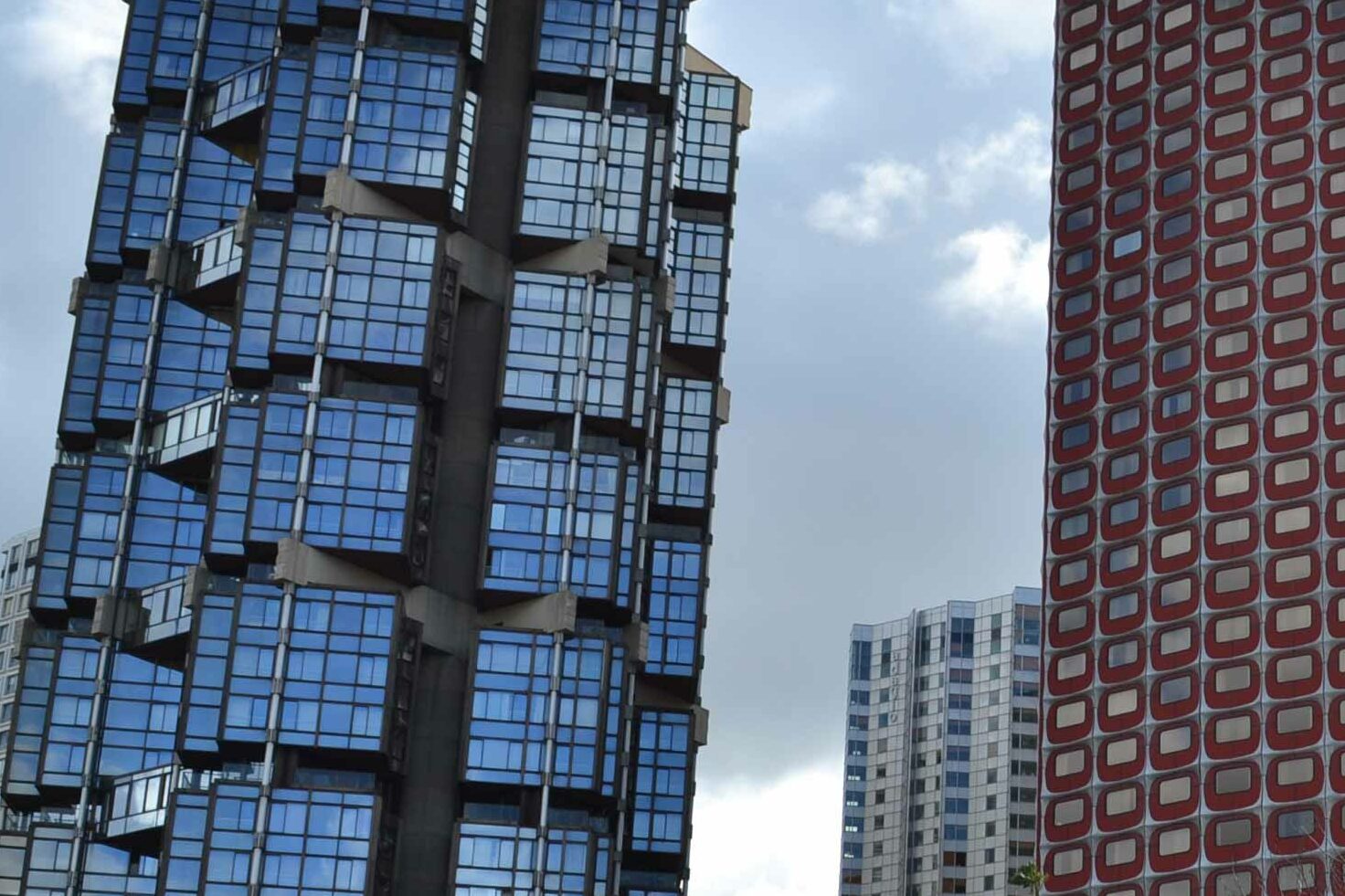
The work, which began last year, is still in the development of the site. The second phase will then involve the architects. The private project is financed mainly by Toyota Motor Corporation, one of the largest automobile manufacturers outside Europe. To enable safe and efficient mobility, freight logistics will be separated from personal and public transport and given their own lanes. While a route for automated driving systems is planned on the surface, freight traffic will be routed underground. The original understanding of mobility has a deeper social meaning in the undertaking. Hydrogen as an energy source, for example, is to be the main focus. With a “Smart City Platform,” the Internet of Things shall interconnect the urban space with the lives of the citizens. Other offerings relating to health, education and work complement the holistic concept.
And even if the surface area and the relatively small amount of living space make the Woven City the smallest of the utopias in modern urban planning, it is perhaps precisely the feasibility of the project that gives it its appeal and credibility. In terms of futurism, the highly mobile city concept harbors ambitions just as strong as the other building projects presented. In contrast to Google’s discontinued smart city project in Toronto, Canada, Toyota currently remains the most promising developer of a smart city with Woven City.
